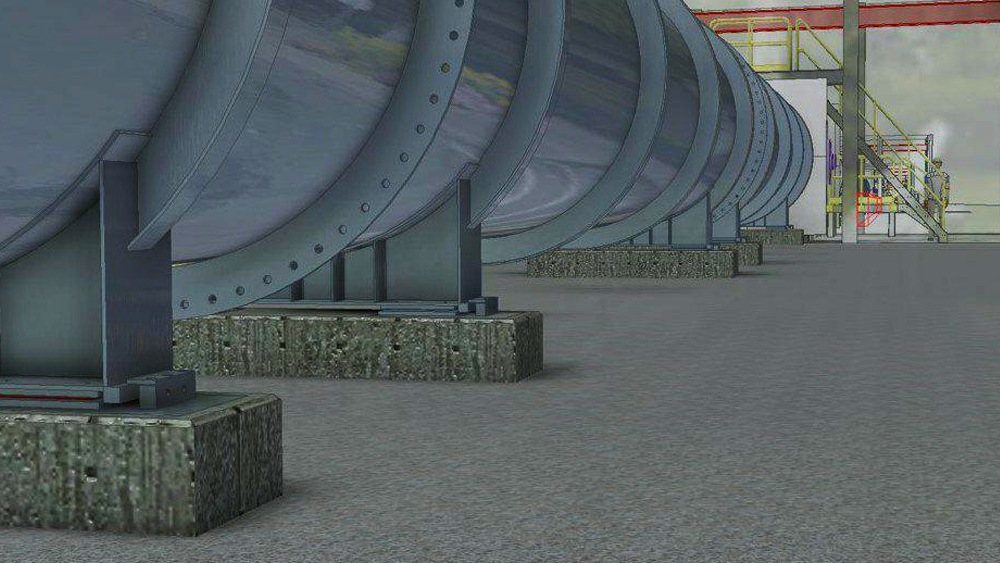
On Thursday, The Texas A&M System Board of Regents approved a plan to build the Ballistic, Aero-optics and Materials (BAM) Test Range, part of the George H.W. Bush Combat Development Complex on the RELLIS Campus, in two phases. Phase one is planned to be 500 meters long. Construction is scheduled to start in April and be substantially completed by the end of 2022. It will cost $38.6 million.
Phase one will be able to operate continuously while phase two is being built. Phase two, which will complete the kilometer length, is expected to cost about $22 million. It will be operational in late 2023 or early 2024.
“BAM will be a world-class engineering feat,” said John Sharp, chancellor of the Texas A&M System. “It’s one of the big reasons the nation’s military and defense industry are turning to us for innovation.”
Completion of phase one alone will make BAM the largest enclosed hypersonics testing range in the U.S. It will give aerospace engineers and other experts in the field enormous new capacity for applied research and testing.
“This two-phase approach is the responsible way ahead,” said Dr. M. Katherine Banks, vice chancellor for engineering and national laboratories of the Texas A&M System. “No one has ever constructed a kilometer-long facility like this before. It’s in the national interest that we proceed both quickly and carefully.”
For more information, see the full press release about the hypersonic tunnel.
